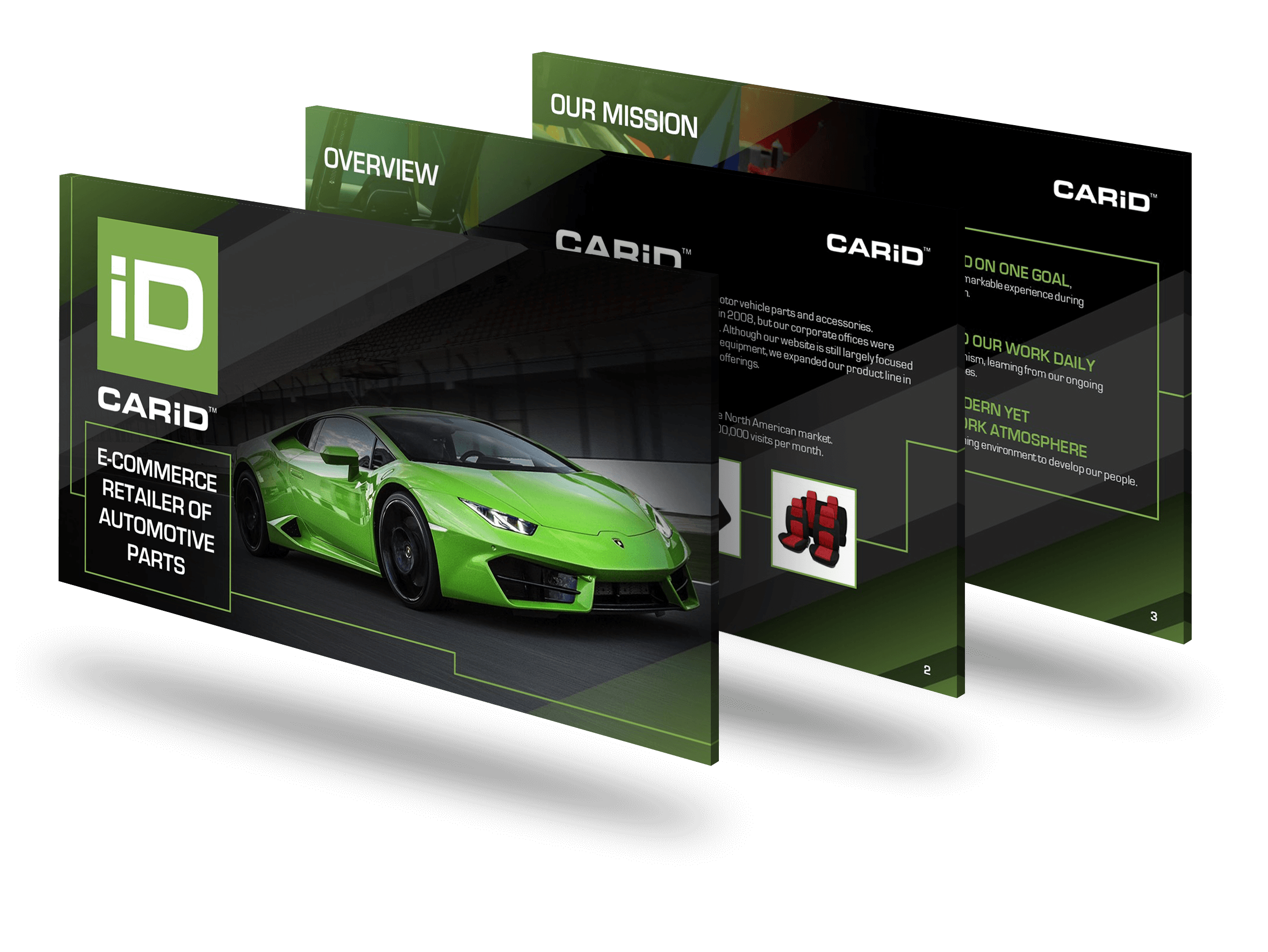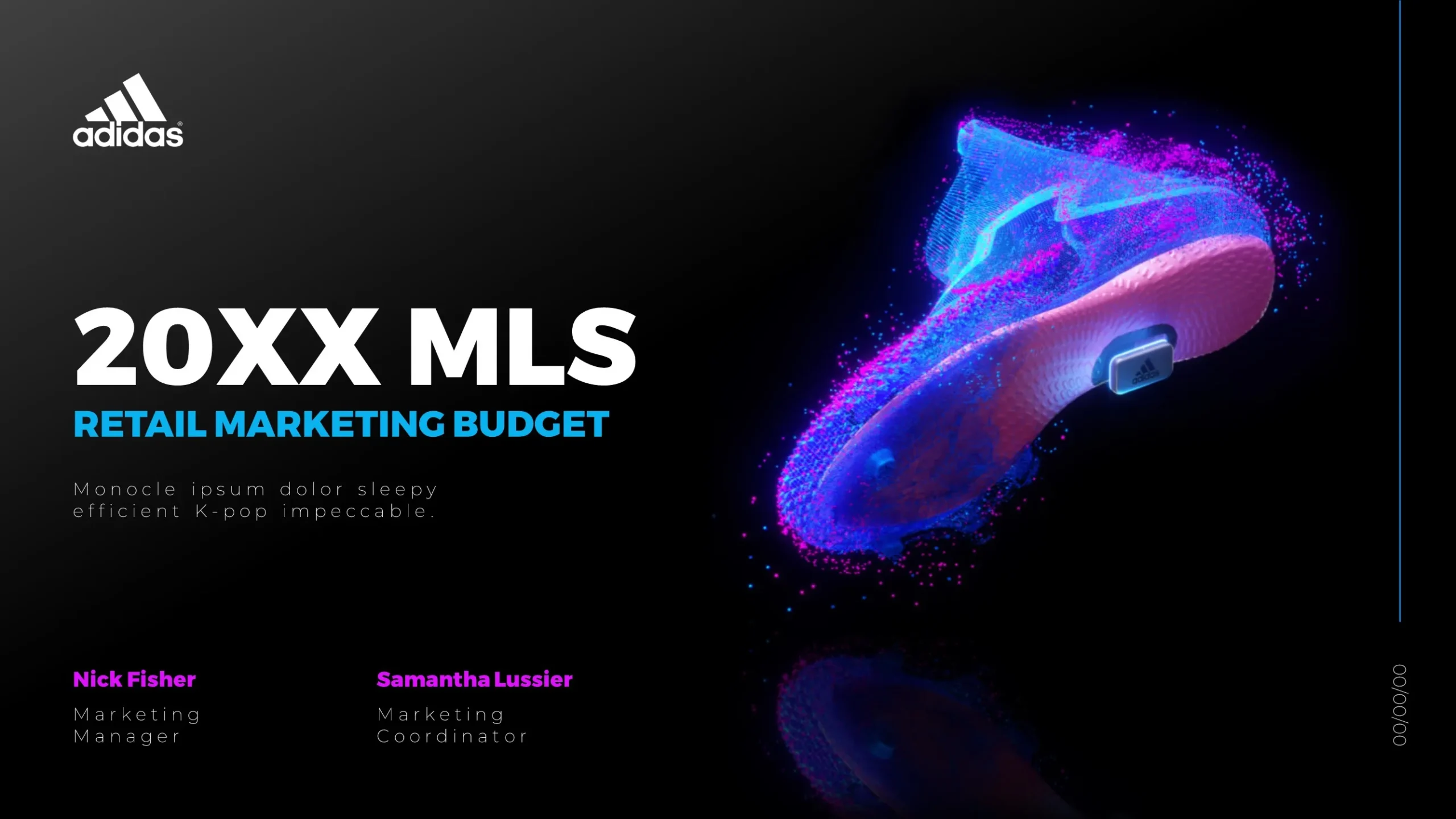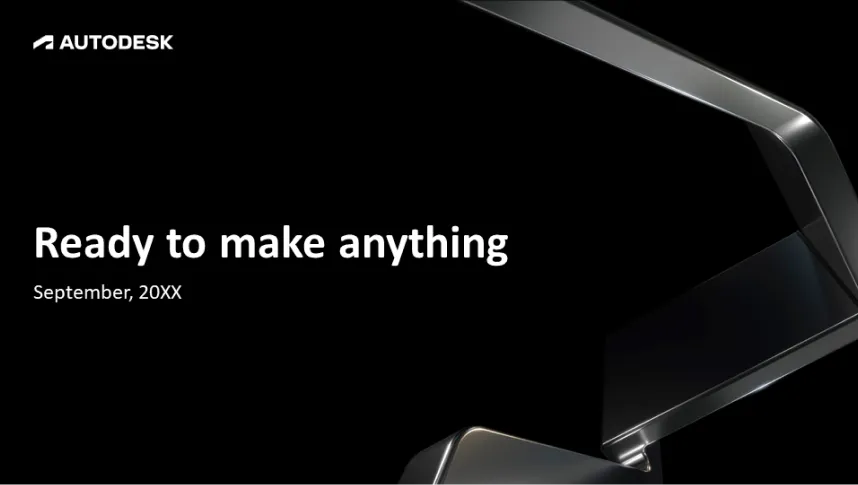When designing a custom creative pitchbook, several key elements are essential to ensure it effectively communicates your message and engages your audience.
- Compelling Cover Page: The cover page should be visually appealing and set the tone for the rest of the pitchbook. It should include your company logo, title, and a strong visual element that reflects your brand identity.
- Executive Summary: This section provides a concise overview of the pitchbook’s content. It should highlight the main points and objectives, giving the audience a clear understanding of what to expect.
- Clear Structure and Flow: Organize the content logically, with a clear beginning, middle, and end. Use headings, subheadings, and bullet points to break up text and make it easier to follow.
- Engaging Visuals: High-quality images, infographics, and charts can help illustrate key points and make the information more digestible. Ensure that visuals are relevant and support the narrative.
- Consistent Branding: Maintain consistency in fonts, colors, and design elements throughout the pitchbook. This reinforces your brand identity and creates a professional appearance.
- Value Proposition: Clearly articulate the unique value your product or service offers. Use data, case studies, and testimonials to support your claims and build credibility.
- Call to Action: End with a strong call to action that tells the audience what you want them to do next. Whether it’s scheduling a meeting, signing a contract, or another step, make it clear and compelling.
- Attention to Detail: Ensure that the pitchbook is free of errors and that all information is accurate and up-to-date. A polished, error-free presentation reflects well on your professionalism.
By incorporating these elements, you can create a pitchbook that not only captures attention but also effectively communicates your message and persuades your audience.
View Our Presentation Portfolio










